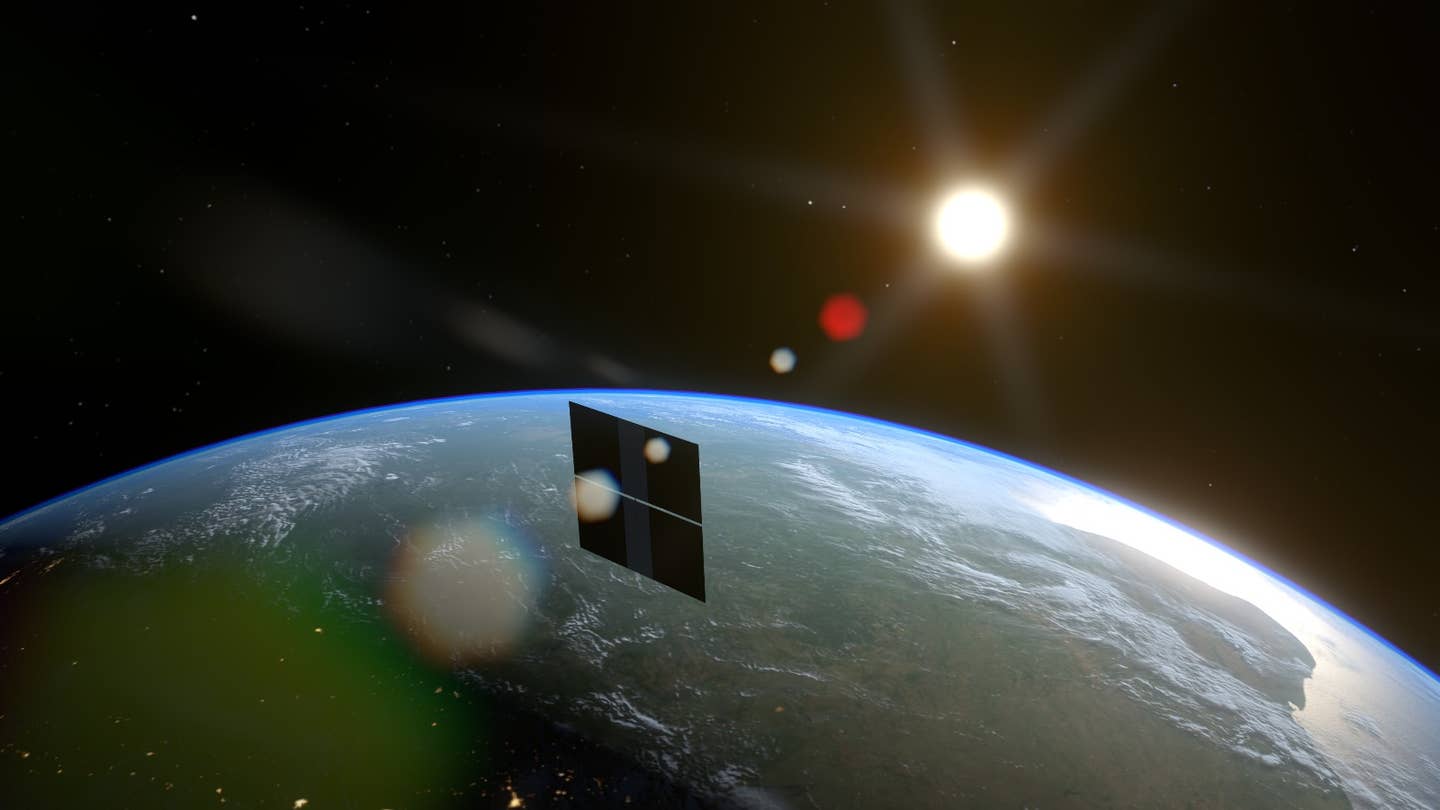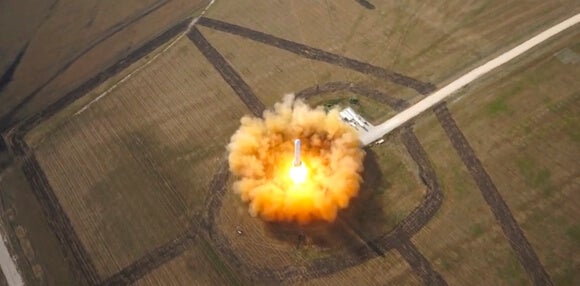Musk: To be a Multi-Planetary Species, We Need To Develop Reusable Rockets
To be a multi-planetary species, Musk believes we have to develop fully reusable rockets. If every rocket launched 1,000 times, instead of just once, capital costs would plummet from $50 million to $50,000 per launch (not counting operational expenses) and could drive per pound launch costs down 100-fold.

Share
You’ve probably read it before. The cost to launch stuff into orbit is astronomical. Cliché, but true. Rockets are seriously complicated and costly machines—yet, they’re currently used once and thrown away.
According to SpaceX’s Elon Musk, $200,000 in fuel and oxygen make up just 0.35% of his firm's launch costs. The rest is in their $56.5 million Falcon 9 rocket. (Which, by the way, is one of the cheapest around.) He compares traditional launch methods to throwing away a $300 million 747 after a one way flight—no one would fly.
To be a multi-planetary species, Musk believes we have to develop fully reusable rockets. If every rocket launched 1,000 times, instead of just once, capital costs would plummet from $50 million to $50,000 per launch (not counting operational expenses) and could drive per pound launch costs down 100-fold.
As you might expect, the firm is hard at work on a prototype. They call it Grasshopper.
Instead of being left to burn up in the atmosphere, rockets like Grasshopper will initiate a powered descent and vertical landing. In its latest aerobatics, the 10-story Grasshopper rose 820 feet and flew 328 feet to the side, then reversed course to a pinpoint landing on the launch pad. Musk says the rocket lands as accurately as a helicopter—and the latest video backs up that boast.
Grasshopper’s first flight was back in September, 2012. The rocket has flown seven successful missions since last year, the highest reaching over a thousand feet. The latest flight was the first to demonstrate dynamic maneuverability.
Be Part of the Future
Sign up to receive top stories about groundbreaking technologies and visionary thinkers from SingularityHub.


Upcoming flights of the Falcon 9R rocket (SpaceX's next generation Falcon) will attempt to recover the first stage at sea. After disengaging from the second stage, the first stage will fire its engine to reorient before reentry and then light up again above the ocean to demonstrate slowing capability. Musk has emphasized they fully expect the maneuver will take a few iterations to perfect.
Perhaps as early as mid-2014, SpaceX will attempt to bring a Falcon 9R first stage back for a vertical landing on the launch pad. Further down the road, the firm plans to incorporate similar systems into both stages of the Falcon 9, Falcon Heavy, and Dragon space capsule.
These future rockets will not only defray capital costs but also enable fast turnaround. Musk told Popular Mechanics, "Multiple flights per day for first stage and side boosters. At least one flight per day for the upper stage." And at a flight per day, he said per pound costs could drop to somewhere in the vicinity of $100.
All that said, it's still quite a hop from Grasshopper to a fully reusable suite of space vehicles. Reusable rockets have been explored and discarded as a viable option in the past. A few generations of very smart people have worked hard to streamline rockets to maximize payload to orbit. Reusability requires you strengthen each stage, add thermal protection, include a landing gear. That's a lot of added weight.
Musk admits, “We could fail. I’m not saying we’re certain of success here. But we are going to try to do it.” It's a giant risk but an equally significant gain if they succeed. Musk says, “If humanity's ever to expand beyond Earth and establish a self-sustaining base on another planet, it's critical that we solve this problem."
Image Credit: SpaceX/YouTube
Jason is editorial director at SingularityHub. He researched and wrote about finance and economics before moving on to science and technology. He's curious about pretty much everything, but especially loves learning about and sharing big ideas and advances in artificial intelligence, computing, robotics, biotech, neuroscience, and space.
Related Articles

Scientists Say We Need a Circular Space Economy to Avoid Trashing Orbit

New Images Reveal the Milky Way’s Stunning Galactic Plane in More Detail Than Ever Before

Future Data Centers Could Orbit Earth, Powered by the Sun and Cooled by the Vacuum of Space
What we’re reading

